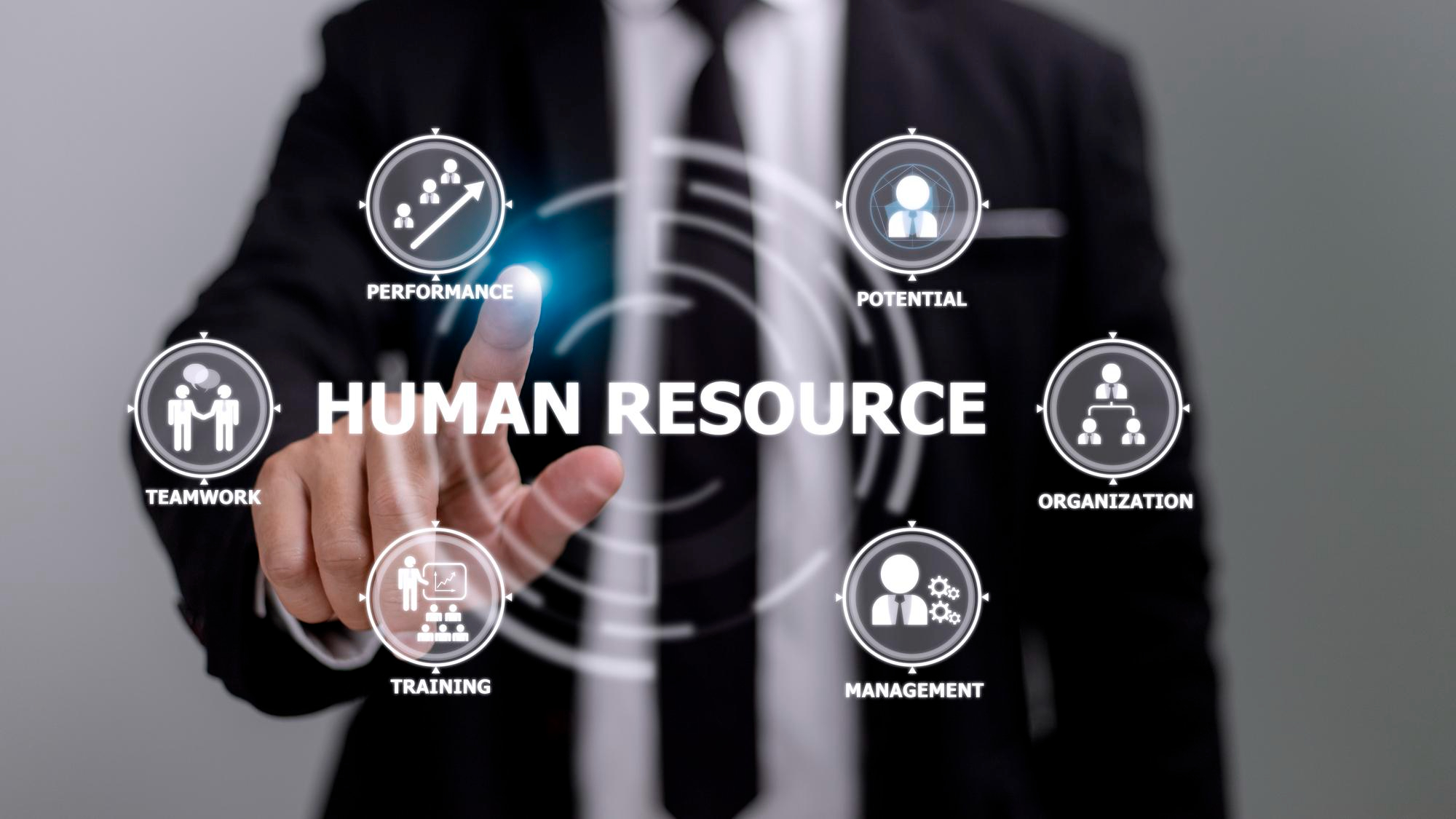Cultivating Your Most Valuable Asset: A Guide to Human Capital Management
Human Capital Management encompasses a range of practices aimed at acquiring, developing, managing, and retaining a talented workforce. It involves strategic planning, workforce analytics, employee development, performance management, and succession planning. By aligning HR strategies with organizational goals, Human Capital Management (HCM) seeks to maximize the potential of individuals, teams, and the entire workforce.
In the ever-evolving landscape of business, where success is increasingly dependent on the skills and knowledge of the workforce, Human Capital Management (HCM) has emerged as a critical strategic initiative for organizations. HCM is a holistic approach to managing and optimizing the human resources within a company, recognizing that the skills, talents, and capabilities of employees are invaluable assets that drive organizational success.
Workforce Intelligence Platform: To change the landscape of the future
What is HCM?
HCM is the strategic approach to managing an organization’s workforce. It encompasses everything from recruitment and onboarding to training and development, performance management, compensation and benefits, and employee relations.
Why is HCM Important?
Effective HCM leads to a more engaged, productive, and satisfied workforce. This, in turn, translates to:
- Increased profitability and competitiveness
- Improved customer satisfaction
- Reduced turnover and absenteeism
- Enhanced innovation and creativity
- A stronger employer brand
Key Components of HCM
HCM is a complex and multifaceted discipline, but some core components include:
- Talent Management: Developing and nurturing employees’ skills and abilities.
- Performance Management: Setting goals, measuring progress, and providing feedback.
- Compensation and Benefits: Rewarding employees for their contributions and offering attractive benefits packages.
- Employee Relations: Fostering a positive and productive work environment.
What are the benefits of Human Capital Management?
Increased Productivity and Performance:
A strategic approach to HCM aligns individual and team goals with organizational objectives, resulting in increased productivity and overall performance.
Enhanced Employee Engagement:
HCM fosters a positive work environment by investing in employee development, recognizing achievements, and providing opportunities for growth, leading to higher levels of engagement and job satisfaction.
Improved Talent Retention:
By offering competitive compensation, opportunities for advancement, and a supportive work culture, organizations practicing effective HCM are better positioned to retain top talent.
Adaptability and Innovation:
A well-managed workforce is more adaptable to change and more likely to contribute to a culture of innovation within the organization.
The Future of HCM is here
The world of work is constantly evolving, and HCM must adapt to keep pace. Some of the key trends shaping the future of HCM include:
- The rise of technology: HCM software and platforms are becoming increasingly sophisticated, automating tasks and providing valuable data insights.
- The changing nature of work: The gig economy and remote work are becoming more prevalent, requiring new approaches to talent management and engagement.
- The focus on employee well-being: Organizations are recognizing the importance of employee well-being and are taking steps to create a healthy and supportive work environment.
How optimizing employee skills will lead to organizational success
The differences between HCM and HR is marginal
The highest returns for your business can no longer be achieved with traditional HRM strategies. The administrative duties associated with personnel management were the initial purpose of HRM, but over time, HR’s function in people management has expanded to include strategic staff management.
Because businesses must provide the greatest employee experience possible in light of the changing nature of work, the distinction between HRM and HCM has grown rather hazy in recent years. While the responsibilities of HCM and traditional HR departments are similar in that they both support HR activities like as hiring, headcount planning, and setting strategic goals, HRM systems are primarily responsible for managing records, compliance, and policies and procedures. HCM, on the other hand, goes beyond standard HRM by taking company objectives into account and utilizing HR systems and procedures to meet employees’ requirements and help them realize their full potential.
PeopleBlox, as a Human Capital Management (HCM) platform, offers a comprehensive suite of tools and services designed to streamline and optimize various aspects of your workforce management. Here’s how it can help:
- Compensation and Benefits Administration
- Employee Engagement and Collaboration
- Data Insights and Analytics
In a world where human capital is a driving force behind organizational success, Human Capital Management is no longer a choice but a strategic imperative. Organizations that prioritize the development, engagement, and optimization of their workforce through HCM practices are better positioned to navigate the challenges of a dynamic business environment, ensuring sustained success and competitiveness in the long run. As the future of work continues to evolve, the effective management of human capital will remain a cornerstone of organizational excellence.
About Us:
PeopleBlox is a young HR Tech startup based out of Pune, India. We believe in building products that make a dent in the universe! At our Baner office, you’ll find young interns fresh out of Pune’s top engineering colleges working side-by-side with gray haired veterans who’ve formed and successfully run businesses. But the one thing that’s common to us all is – the desire to build the best talent engineering product in the world!
Contact Us:
Contact Us At: https://peopleblox.io/contact
Call: +91-7447406688
Email: customercare@peopleblox.io
Follow On LinkedIn: https://www.linkedin.com/company/peopleblox/



